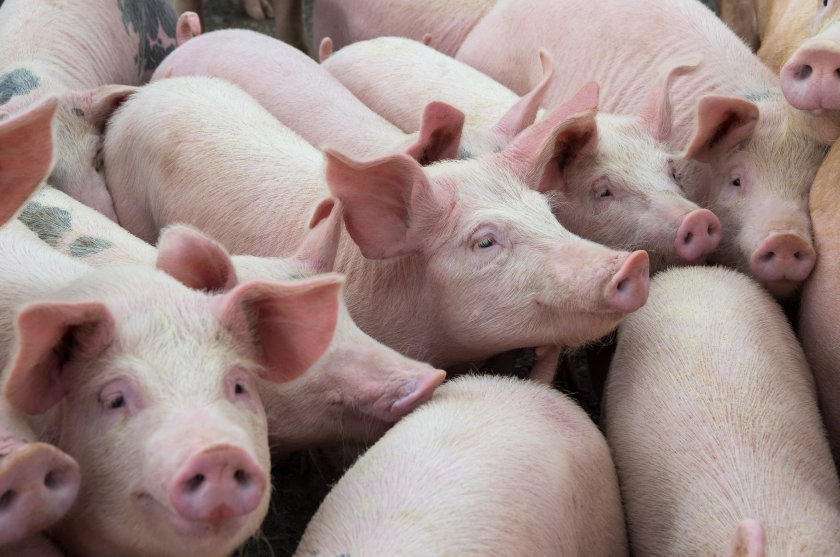
The pig population in England has fallen to its lowest number in over ten years, according to new figures.
In the latest Defra release, the total pig population as at 1 June was 3.63 million head, the lowest recorded in 12 years.
This is an 11.6 percent decline year-on-year, accounting for nearly half a million animals.
It comes as the pig sector is only beginning to recover after 10 consecutive quarters of loss making.
Challenges include the loss of exports to the Chinese market for certain processors, global disruption to CO2 supplies, and crippling labour shortages as a result of the pandemic and Brexit.
Looking at the figures, Freya Shuttleworth, senior analyst at AHDB, said it was 'unlikely to come as much of a surprise to those in the industry'.
"The drop in the total pig population has been driven by a substantial fall in the numbers of fattening pigs," she noted.
"Fattening pigs are at the lowest number since 2012 at 3.30million head, a fall of 12.6% compared to June 2022.
"This evidences the historically low slaughter throughputs and pig meat production volumes being seen in 2023."
On the contrary, the breeding pig population has remained flat in 2023 with numbers totalling 329,000 head. Within the category, movements have been mixed.
Overall, the female breeding herd saw a relatively small decline of only 1.5% (4,000 head) with sows in pig down 3.0% year on year but gilts in pig up 8.99%.
Boars being used for service recorded larger declines, down 6.9% year on year, but on a more positive note, the number of gilts intended for first time breeding grew by 8.3%.
Ms Shuttleworth said: "These breeding pig numbers, particularly the increase of gilts in pig and the number of gilts intended for first time breeding, show signs of a more positive industry sentiment and some cautious growth from producers.
"Although we do not expect to see the industry bouncing back to the heights of 2021... if demand remains steady and producer net margins continue on a positive track, then we anticipate some growth."
